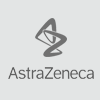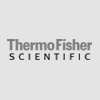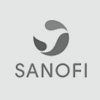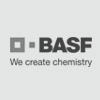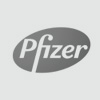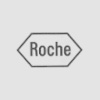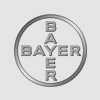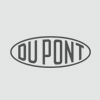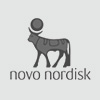Different Production techniques for Monoclonal antibodies and their Fragments
Monoclonal antibodies are increasingly being used as therapeutics, in the treatment of diseases and as diagnostics and research reagents. As the demand for monoclonals in different applications increases, there is a need to have tailored production systems that are not only efficient, cost effective and suit the needs of the application. For instance, if monoclonals are being used as therapeutics, large dosages are needed and there are more stringent regulations and quality measures that need to be followed than that for diagnostic and research applications. There are different systems available currently and as the technology and standards evolve, there will be more efficient and cost effective options that can meet both the quality and quantity needed .
Production in E.Coli:
Antibody fragments ( Fabs or Fab's ) can be the choice for certain appliations where the Fc mediated effector functions are not needed. Also, antibody fragments tend to exhibit a shorter circulating half life when compared to the full length antibodies. These fragments can be best for certain applications such as tunor peneration and imaging.
One way to produce antibody fragments is to cleave full length IgG's with proteases such as pepsin or papain. Another easier and cheaper way is to use E.coli as a production system, which has the following advantages.
- Easy scale up and adaptation from lab scale to production scale under GMP conditions.
- Easy to handle and culture when compared to eukaryotic cell lines.
- High yields upto 2 g/L of culture are easily attainable with the E.coli system.
- The system has been optimized for -improved folding and decreased disulfide bond formation, expressing correct proportion of light and heavy chains to get increased titers of Fab and host-cell engineering to prevent proteolysis.
Disadvantages:
- So far, E.Coli is not the preferred method of choice for producing full length antibodies as the antibodies produced are aglycosylated do not have the ability to bind to the various Fcgamma receptors.
- Most of the antibodies/antibody fragments produced in E.coli are directed towards the periplasm and it is necessary to use lyse the cells for recovering the antibodies/fragments.
Production in Fungi:
- Aspergillus niger is the preferred choice for producing monoclonal antibodies as more work is reported using this system.
- Antibodies produced in fungal systems are secreted into the media - making it easier for subsequent purification of the antibodies.
- A potential disadvantage however with the fungal systems is that the uneven glycosylation pattern on the antibodies produced may lead to immune responses in patients or may show no down stream effector functions.
- Another system that is being studied is Pichia pastoris and scientists have made atempts to optimize the glycosylation pathway, to get more humanized antibodies.
Production in Plants:
There are lot of reports that use plants for producing antibodies. There are adavantages and disadvantages for using plant systems.
- The main advantage is the lack of human pathogens in plants, this makes it easy for producing therapeutics for human use.
- Plant systems are relatively more easier to grow and are more economical as the production costs are less.
- The production of the antibodies can be ramped up or down based on the market need for that antibody.
- Possible stumbling blocks for using plants as antibody producing systems are
- Lack of proper regulation /guidance concerning the use of plants to produce therapeutics.
- Increased initial lead time needed for producing antibodies.
- Lack of good studies for assessing the suitability of plant produced antibodies.
Mammalian Cell line Production:
Mammalian systems are more developed and the preferred choice for production of antibodies especially for human therapeutic use.
- Recombinant Chinese Hamster Cell lines (CHO) and NS0 cells are very popular along with the human cell line PER C6, which has been shown to produce high yields of antibodies when grown in serun -free suspension cultures.
Production in Mouse:
- Monoclonal antibodies can also be produced as ascites in mouse . Ascites fluid is produced in Balb/c strain mice. Optimized methods are used to generate tumors and accumulate ascitic fluid, including the quantity of cells and volume of inocula. These methods generate high yields of antibody that can be be further processed or characterized depending on the needs.
References:
1.Dana C Andersen and Dorothea E Reilly, " Production technologies for monoclonal antibodies and their fragments", Current Opinion in Biotechnology, 2004, 15: 455-462.
2. Rodrigues et al, " Technological progresses in monoclonal antibody production systems", Biotechnol Prog, 2010 Mar 26(2): 332-51.
3. Kelly. B, “Industrialization of mAb production technology: the bioprocessing industry at a crossroads” MAbs. 2009 Sep;1(5):443-52. Epub 2009 Sep 16.

